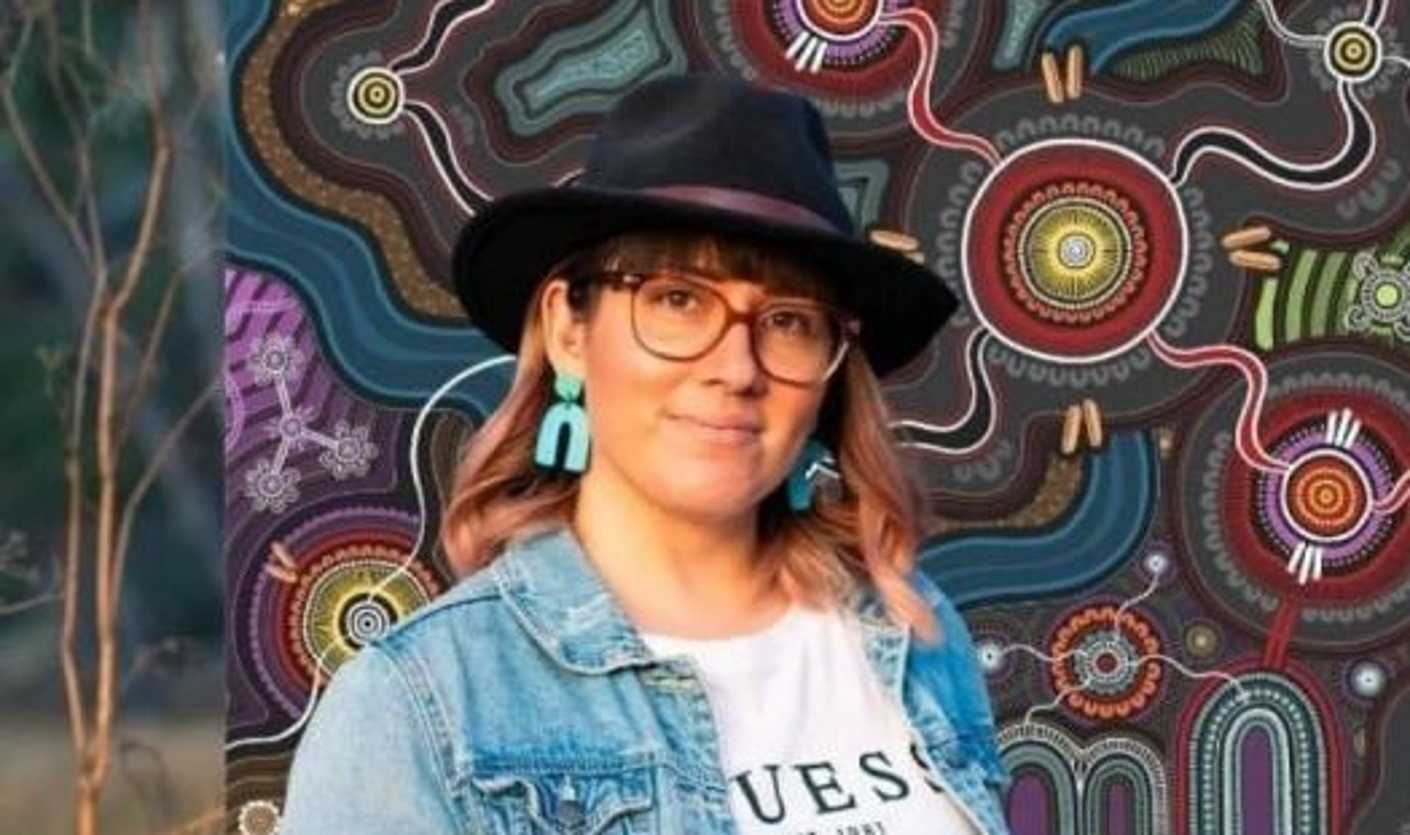Artificial intelligence is being employed to create unauthorised Indigenous art, leading to the production of inauthentic works that are being sold on major online platforms like Adobe and eBay.
Indigenous artists in Australia are expressing concerns about the theft of their work, exacerbating the existing challenges they face from the proliferation of fake art by non-Indigenous artists, valued in the tens of millions annually.
The rapid advancement of generative AI has had a direct and immediate impact on visual arts workers, particularly through the unauthorised use of data scraped from the internet to train AI models.
According to a report from the 2022 Productivity Commission, 75% of products featuring Indigenous-style elements were crafted by individuals who are not of Indigenous descent.
The situation was particularly pronounced in online art businesses, with one stock image site examined by the commission revealing that 80% of its Indigenous-style images were created by non-Indigenous individuals. Similarly, on a print-on-demand marketplace, 60% of the listings were generated by creators who were not of Indigenous origin.
Publicly available text-to-image generators allow individuals to generate new images instantly with just a few words. Despite adding new tools to the artist’s toolbox, AI is seen as a threat to employment in the visual arts sector.
Researchers from Washington University and New York University have found evidence on platforms like Upwork, showing that freelancers are experiencing reduced employment and income since the introduction of AI models such as ChatGPT.
AI-generated Indigenous art is now surfacing on online marketplaces, directly competing with authentic Indigenous art, despite platform policies aimed at protecting Indigenous culture.
Adobe and Shutterstock, prominent stock image providers, feature numerous AI-generated images for sale, often marked as such on the platforms.
Adobe permits users to upload AI-generated images for sale, emphasizing ownership of intellectual property, but enforcement of this requirement remains unclear. Shutterstock sells images generated by users through their on-site AI model, avoiding some of these issues.
Amy Allerton, a Gumbaynggirr and Bundjalung woman who operates the Indigico Creative gallery, expressed deep concern over the cultural integrity of AI-generated art.
She emphasises that non-Indigenous individuals using AI tools to create art based on Indigenous culture is unacceptable. The AI-generated images are criticised for their offensive nature, as they often combine styles from various Indigenous nations and artists.
If the Federal Government aims to regulate the use of AI, it should act swiftly to establish safeguards, especially concerning indigenous art.
Upon a casual examination of Aboriginal artworks showcased on global platforms, it becomes apparent that the sale of potentially inauthentic Aboriginal art, often fetching substantial amounts, is widespread.
On Adobe’s stock site, one particular contributor boasts 82 pages of digital art, some of which closely resemble indigenous designs and are available for purchase.
This contributor presents an extensive portfolio, featuring over 8,000 works for sale. Each work is priced at approximately $88 on Adobe Stock, with no indication of being labeled as “generative AI” at the time of this publication.
Interestingly, there is a lack of information about the contributor named “Rashmisingh” on the site. Notably, images of Mahatma Gandhi amid maps of India suggest that this contributor may not be an Australian indigenous artist.
A search for “aboriginal art” on the Adobe Stock site yields a staggering 358,852 results. Considering that there were only 812,000 Aboriginal and Torres Strait Islander people in Australia as of 2021, it raises questions about the authenticity of a significant portion of these works.
Generative AI has produced numerous patterns that replicate the distinctive style of Aboriginal art. The Arts Law Council of Australia emphasised in its response to the federal government’s Safe and Responsible AI inquiry that any regulatory frameworks for AI should take into account the effects and potential risks it poses to creators from First Nations artists.
Indigenous artists already contend with intense competition from producers of “fake” Indigenous art, which imitates their distinctive styles but offers no connection or benefit to Indigenous communities.
The rise of AI-generated Indigenous art exacerbates these challenges, posing a threat to the cultural heritage and economic well-being of Indigenous artists







